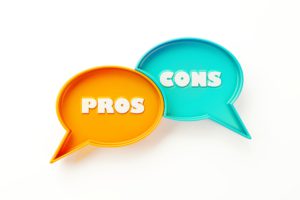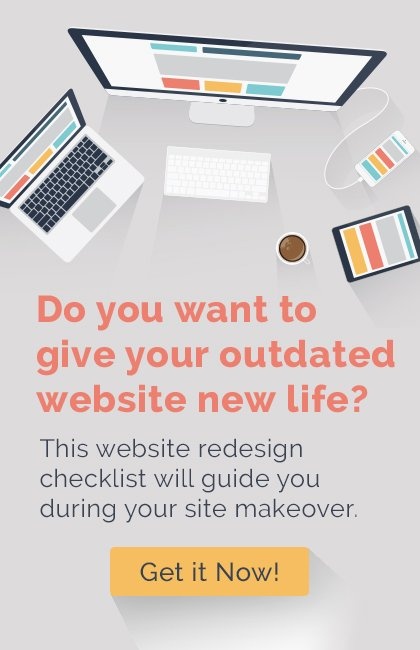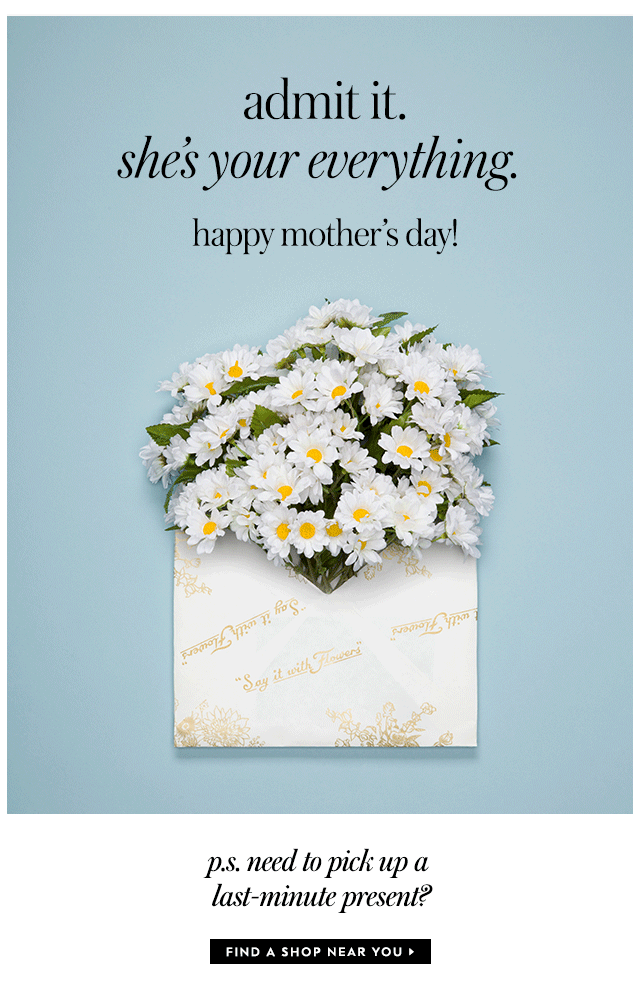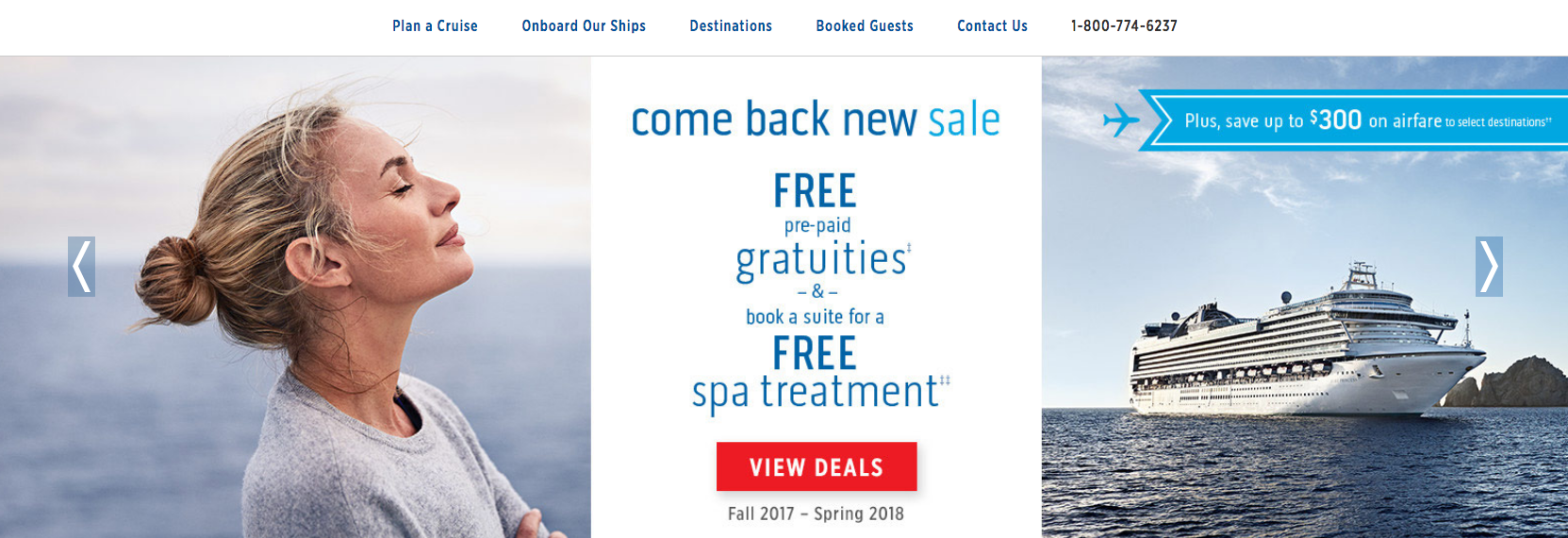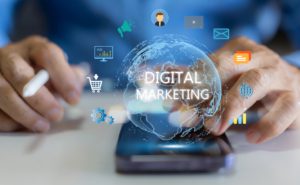
What’s Trending in Marketing for August 2024
Welcome to our August 2024 edition of “What’s Trending,” where we bring you the most relevant marketing trends and insights. Stay informed and ahead of the game with our curated collection of marketing trends and reports in summer 2024.
Noteworthy Marketing Trends and News
Increase in Subscriptions

Subscription-based services have been becoming more and more common lately, and are expected to continue to grow in popularity. These services provide companies with recurring revenue. Subscription-based services also increase customer value, and can be used to incentivize higher engagement. Consumers especially value subscription offers that are tailored to customer preferences. Read more.
Lowe’s is Rebranding
Lowe’s is rebranding. The home improvement retailer is now calling its retail media network “Lowe’s Media Network.” They will be launching four new channels this year: direct mail for install services, in-store audio, paid search, and email. Lowe’s will also be expanding placements on their app. Read more.
Skin Care Pop-Up Event (With A Bus)
Neutrogena is hosting a Boost Bus pop-up event on August 31st and September 1st in Toronto. People will have the opportunity to talk with skincare experts to learn about skin vitality, protecting the skin, and hydration. The event will have games and prizes in addition to product samples. Read more.
Improving Your Marketing Program
6 Tips for Improving Brand Communication
Brand communication is how your company communicates with their current and future customers. Good brand communication builds and maintains brand loyalty among customers in addition to setting your company apart from the competition. It is a core aspect of a company’s strategy and is important to the company’s success. Click here to learn six tips for improving your company’s brand communication.
5 Ways to Improve Your Display Ads
Display advertising is a kind of online advertising that uses copy, images, and other visual elements. They come in many different formats like banner ads, video ads, interactive ads, and more. The benefits of display ads include brand awareness, visual appeal, performance tracking, and targeting capabilities. Click here to learn five ways to improve your display ads.
The Website Redesign Process- Why Content Comes First?
Redesigning a website is a time to boost the brand image, refresh the look and content of the website, and update all the product listings and sales offers. Learn why copy should be refreshed on your new and improved website, and how to do it. Read more.
Recent Marketing Reports, Updates, and Trends
Say Goodbye to Third-Party Cookies
Due to their users’ concerns about data privacy and protection, Google is currently phasing out third-party cookies. This will be finished in 2025. Being able to use third-party cookies to track user behavior across sites has allowed for audience segmentation and the use of targeted ads. To keep gathering consumer data without third-party cookies, offer rewards to users who give you their information and keep utilizing first-party cookies. Read more.
User-Generated Content

Consumers’ desire for authenticity on social media platforms has given rise to user-generated content. Many customers do not trust advertisements, but they trust content made by real people. In the past five years, search engine interest for “user generated content” has increased by 200%. Read more.
Ethics and Sustainability
Your product or service alone is no longer enough. Today’s consumers care about the values of the brand selling that product or service, particularly the values that pertain to social and environmental responsibilities. This has prompted brands to partake in and showcase ethical and sustainable practices. Read more.
Extreme Personalization
The advancement of artificial intelligence (AI) is allowing marketers to tailor digital experiences to individual consumers better than ever before. This personalization through AI will allow marketers to give consumers inclusive experiences. AI can also assist marketers in understanding their audiences and delivering content to consumers in local languages. Read more.















